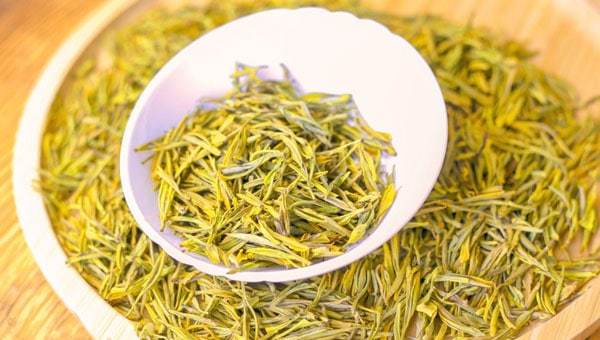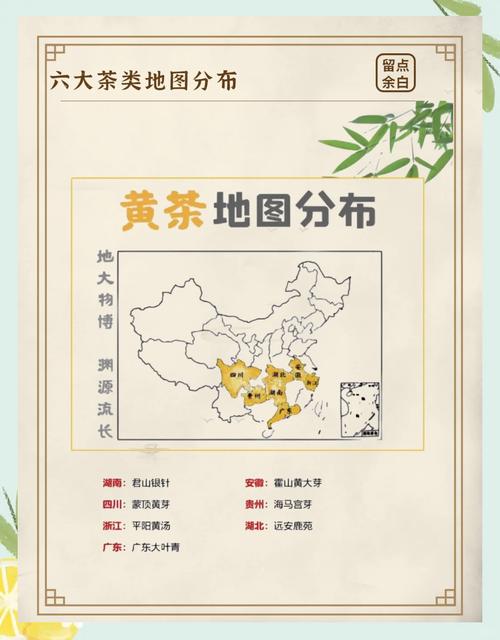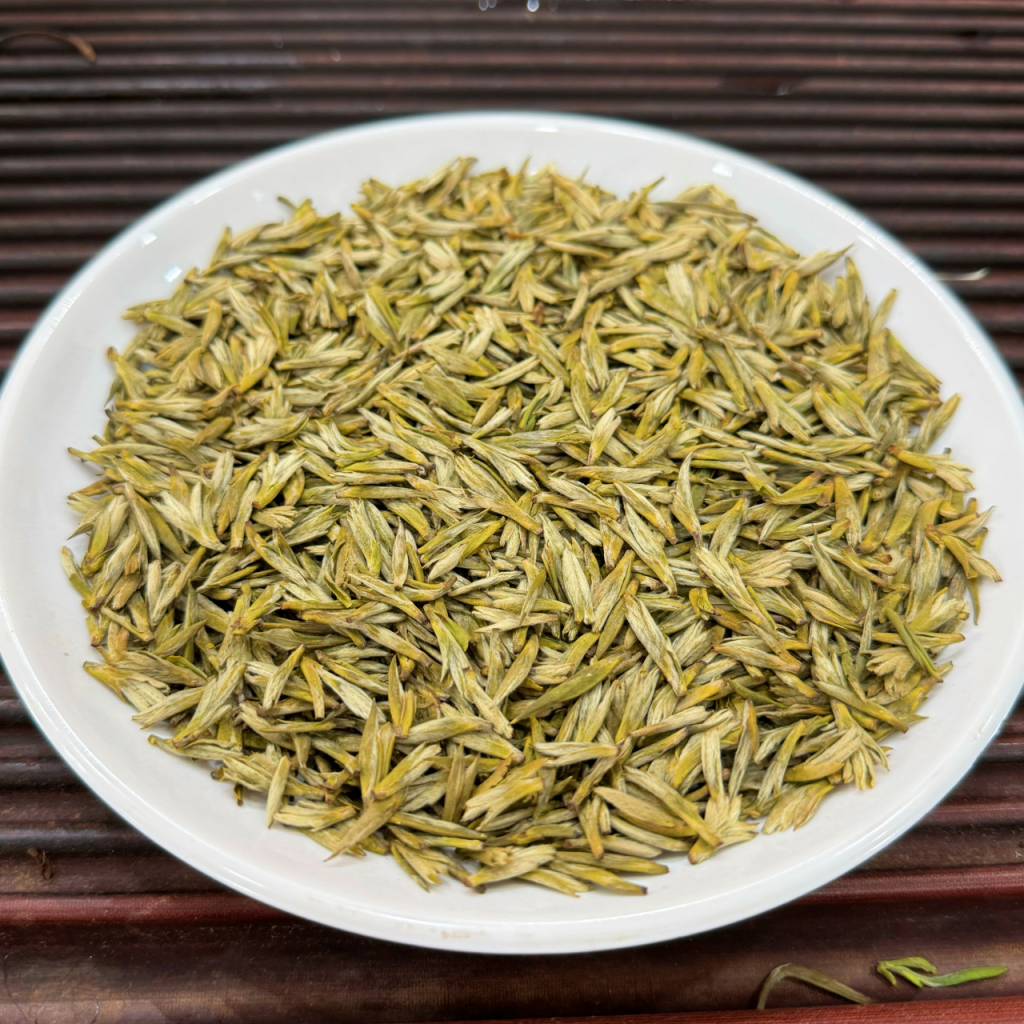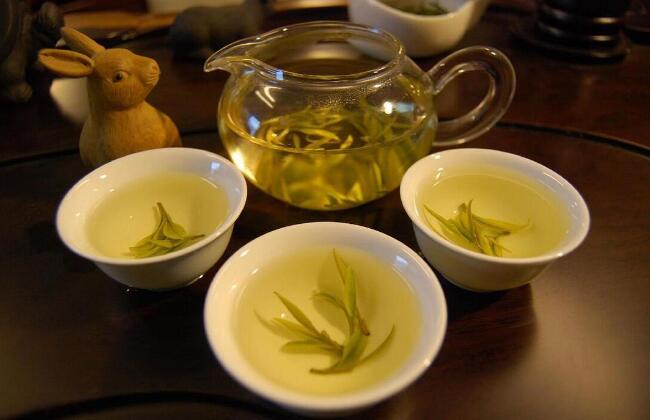Yellow tea, one of China’s six iconic tea categories, has long been celebrated for its unique production process and delicate flavor profile. Yet beyond its cultural significance, yellow tea holds substantial economic potential that spans agriculture, healthcare, tourism, and global trade. As global demand for specialty teas grows, understanding the economic value of yellow tea is crucial for unlocking its full potential in both domestic and international markets.

1. Market Position and Economic Contributions
Yellow tea occupies a niche but premium segment in China’s tea market. Unlike green or black teas, its production requires a meticulous “yellowing” process, where fresh leaves are wrapped and oxidized under controlled humidity. This labor-intensive method results in a mellow, sweet taste and a higher price point. For instance, premium varieties like Junshan Silver Needle or Mengding Huangya can sell for hundreds of dollars per kilogram, fetching significantly higher profits than mass-produced teas.
At the regional level, yellow tea cultivation drives rural economies. In Hunan Province, where Junshan Silver Needle originates, tea plantations employ thousands of farmers and support local businesses. According to industry reports, the average annual income of tea-growing households in such regions is 30% higher than the national rural average. Additionally, government initiatives to promote “Geographic Indication” (GI) products have enhanced yellow tea’s brand value, attracting investments in processing technology and quality control.
2. Health Benefits and Consumer Demand
Modern research has amplified yellow tea’s appeal by highlighting its health benefits. Rich in polyphenols, flavonoids, and amino acids, it is marketed as a natural remedy for digestive issues, weight management, and antioxidant support. A 2022 study published in the Journal of Food Science found that yellow tea’s unique enzymatic oxidation process enhances its bioavailability of certain compounds, making it more effective than green tea in reducing oxidative stress.
This scientific backing has fueled demand among health-conscious consumers, particularly in urban areas and international markets. In cities like Shanghai and Guangzhou, yellow tea cafes targeting young professionals have emerged, blending traditional brewing methods with modern aesthetics. Globally, exports to the U.S., Europe, and Southeast Asia have grown steadily, with a 12% year-on-year increase in 2023, according to China Customs data.
3. Supply Chain Development and Innovation
The yellow tea industry’s growth has spurred supply chain innovation. To meet rising demand, producers are adopting sustainable farming practices and mechanizing parts of the production process. For example, automated “yellowing” chambers now regulate temperature and humidity with precision, reducing labor costs while maintaining quality. E-commerce platforms like Tmall and JD.com have also streamlined distribution, connecting small-scale farmers directly with consumers and cutting out intermediaries.
Meanwhile, brands are leveraging storytelling to differentiate their products. By emphasizing heritage (e.g., imperial tributes during the Tang Dynasty) and craftsmanship, companies like Huangshan Mao Feng have positioned yellow tea as a luxury cultural good. Such branding strategies not only justify premium pricing but also foster customer loyalty.
4. Cultural Tourism and Heritage Preservation
Yellow tea’s cultural legacy provides a foundation for tourism-driven economic models. Regions like Hunan’s Junshan Island and Sichuan’s Mengding Mountain have developed “tea tourism” routes, offering visitors hands-on experiences such as leaf-picking, traditional processing workshops, and tea ceremonies. These initiatives generate revenue beyond tea sales, boosting local hospitality and retail sectors.
Moreover, UNESCO’s recognition of China’s traditional tea processing techniques as Intangible Cultural Heritage in 2020 has elevated yellow tea’s cultural cachet. International collaborations, such as joint ventures with French perfumeries to create tea-infused fragrances, demonstrate the sector’s cross-industry potential.
5. Challenges and Future Prospects
Despite its promise, yellow tea faces hurdles. Limited production volumes, due to its complex craftsmanship, restrict mass-market penetration. Counterfeit products also undermine consumer trust. To address these issues, industry stakeholders are investing in standardization, certification programs, and blockchain-based traceability systems.
Looking ahead, yellow tea’s economic value could surge with three strategies:
- Premiumization: Targeting niche markets like wellness, gourmet food pairing, and luxury gifts.
- Digitization: Expanding e-commerce and social media marketing to reach younger demographics.
- Sustainability: Certifying eco-friendly practices to align with global ethical consumption trends.
Conclusion
Yellow tea’s economic value extends far beyond its role as a beverage. It is a catalyst for rural development, a symbol of cultural heritage, and a rising star in the global wellness economy. By balancing tradition with innovation, China’s yellow tea industry can unlock its full potential, creating jobs, preserving craftsmanship, and enriching both local communities and international markets. As the world seeks authentic, healthy, and culturally resonant products, yellow tea stands poised to become a golden asset in the 21st-century economy.



